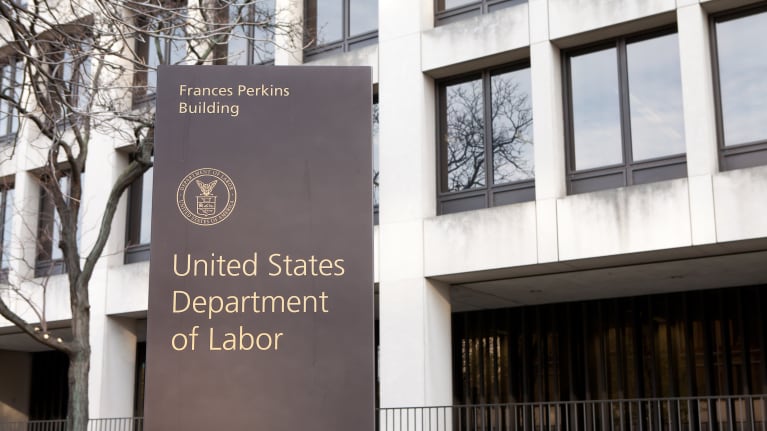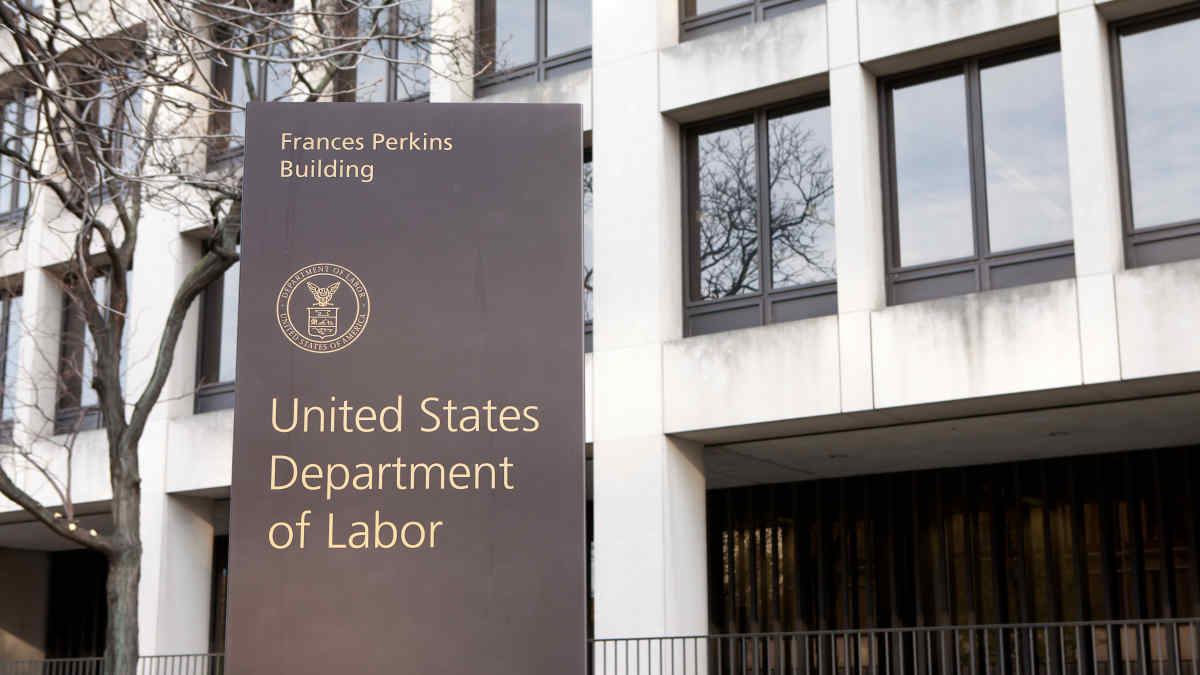

?The U.S. Department of Labor (DOL) issued a field assistance bulletin (FAB) on Feb. 9 to clarify the application of the Fair Labor Standards Act (FLSA) to nonexempt remote workers, as well as the Family and Medical Leave Act’s (FMLA’s) hours-of-service eligibility requirement for teleworkers.
The DOL also explained in an opinion letter the same day that eligible employees with serious health conditions who require reduced work schedules may indefinitely use available FMLA leave.
The primary focus of the FAB “is on hours worked, meal and rest breaks, lactation breaks for nursing mothers and FMLA compliance, all in the context of remote employees,” said Jim Coleman, an attorney with Constangy, Brooks, Smith & Prophete in Fairfax, Va.
Compensable Time Under the FLSA
“The single greatest challenge in employing remote nonexempt employees is creating an accurate record of hours worked each day,” Coleman said. “The FLSA’s record-keeping requirements for nonexempt employees apply equally when the employee is working from home or from some other remote location.”
He said that FAB 2023-1 doesn’t change the FLSA or the regulations, but it does remind employers of the DOL’s view on FLSA compliance in the context of remote workers.
The FLSA requires covered employers to pay nonexempt employees for all hours worked, including work performed in their home or otherwise away from the employer’s premises, according to the FAB.
“[T]he regulations explain that ‘hours worked’ is not limited solely to time spent on active productive labor but may, for instance, include time spent waiting or on break,” the FAB said.
This statement is “concerningly vague” because it doesn’t expand on what qualifies as compensable waiting time when a nonexempt employee is idle, said Jeffrey Ruzal, an attorney with Epstein Becker Green in New York City.
“While there are regulations that explore the contours of compensable and noncompensable waiting time, this FAB does nothing to contextualize compensable waiting time where a nonexempt employee is working remotely,” Ruzal said.
He explained that this could result in employees unilaterally taking advantage of any implication that all idle time is tantamount to compensable waiting time.
Breaks of 20 minutes or less must be counted as hours worked, according to the FAB.
“Whether teleworking at home or working at the employer’s facility, employees often take short breaks to go to the bathroom, get a cup of coffee, stretch their legs, and other similar activities,” the FAB said. “By their very nature, such short breaks primarily benefit the employer by reducing employee fatigue and helping employees maintain focus and be more productive at work.”
However, bona fide meal breaks—typically 30 minutes or more—when a nonexempt employee is completely relieved from duty are not work time, the FAB noted. “To be completely relieved from duty, the employees must be told in advance that they may leave the job and they will not have to commence work until a specified hour has arrived,” it said.
As for break time for pumping breast milk, an employer must provide an appropriate place for an employee to pump breast milk when the employee is working offsite, such as at a client worksite.
Employers are not required by the FLSA to pay nursing employees for breaks taken to express milk, though state laws may require such compensation. If the employer provides compensated breaks, however, an employee who uses that break to express milk must be compensated under the FLSA. If an employee isn’t relieved from duty during these breaks, the time is compensable. For example, if a remote employee chooses to attend a video meeting or conference call while off camera, the employee isn’t relieved from duty and must be paid for that time, the FAB said.
Employee Thresholds for the FMLA
The FAB also explained that when an employee works from home, the employee’s worksite for FMLA eligibility purposes is the office to which the worker reports or from which assignments are made. So, if 50 employees are employed within 75 miles of the worksite, the employees meet that FMLA eligibility requirement.
For employees who do not have a fixed worksite, the worksite should, consistent with the Worker Adjustment and Retraining Notification Act, be the site to which they are assigned as their home base, from which their work is assigned or to which they report, the FAB said.
“The FAB is a good reminder to employees that for purposes of determining 50 or more employees within a 75-mile radius, it is the assigned worksite where the employee reports or worksite from which work is assigned, not the employee’s home, that is used to determine the 50-employee threshold,” said Tracy Billows, an attorney with Seyfarth in Chicago.
Meanwhile, in Opinion Letter 2023-1-A, the DOL reminded employers that they should consider their legal obligations under the FMLA and the Americans with Disabilities Act (ADA) when considering employees’ requests to work a reduced schedule.
“This opinion letter further explains that employers cannot reject a request for reduced schedule leaves under the FMLA by arguing that such a request is better addressed under the ADA Amendments Act [ADAAA],” said Stacy Bunck, an attorney with Ogletree Deakins in Kansas City, Mo. “Likewise, employers should not forget their FMLA obligations when addressing an ADAAA request for reasonable accommodation.”
The opinion letter also reiterated that an employee is entitled to 12 workweeks of leave per 12-month leave year, in response to an employer’s misstatement to the DOL that an employee is entitled to only 480 hours of allowable FMLA time.
“Although it is true that an employee who works a standard 40-hour workweek will generally be eligible for 480 hours of FMLA—40 hours times 12 weeks—this is not the case when calculating intermittent or reduced leave FMLA usage for an employee who is regularly scheduled to work more than 40 hours per week,” said Linda Hollinshead, an attorney with Duane Morris in Philadelphia.
Many employers mistakenly default to 480 hours of FMLA entitlement instead of considering the employees’ actual workweeks, said Anne Yuengert, an attorney with Bradley in Birmingham, Ala.
For that reason, the new opinion letter’s statement on this policy is “an important reminder,” Bunck said.

